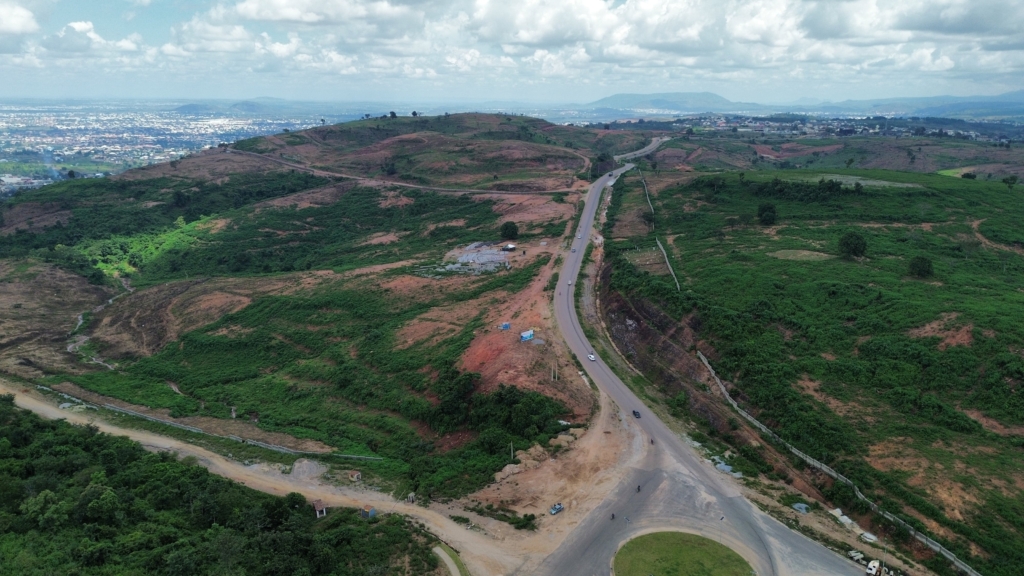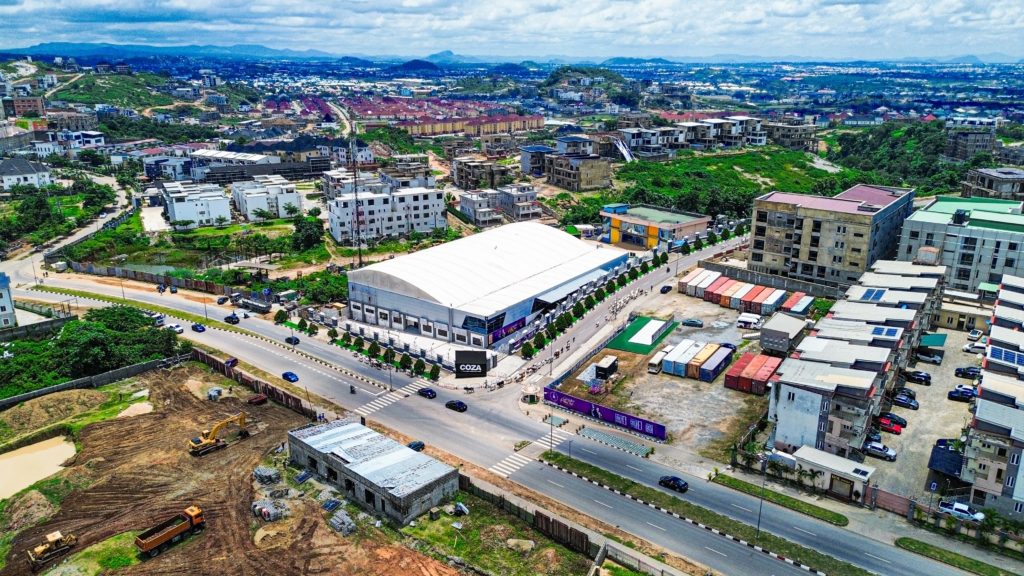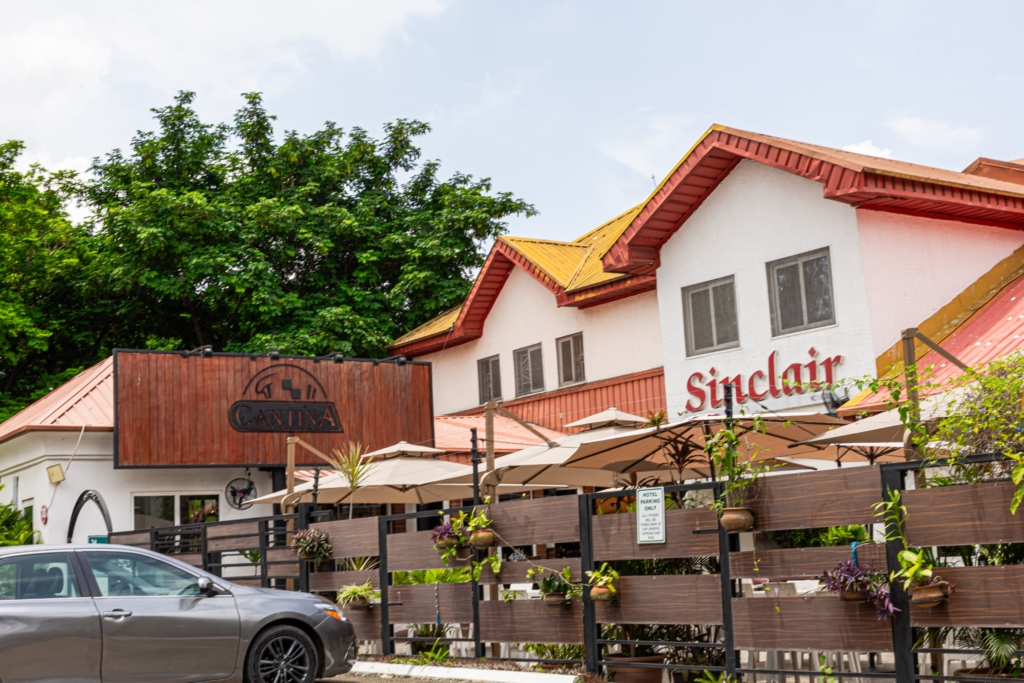When investing in Nigeria’s capital city, understanding Abuja’s Phase 1, 2, 3 in real estate becomes essential for making smart property decisions. These phases represent strategic zones that directly impact property values, lifestyle quality, and investment returns across the Federal Capital Territory.
Understanding Abuja’s Phase 1, 2, and 3 in Real Estate: Complete Guide for Buyers
Abuja’s phase system emerged from the city’s master plan developed in the 1970s. International Planning Associates created this systematic approach to ensure organized urban growth.
Each phase was designed to expand outward from the city center. This planning method has made Abuja one of Africa’s best-organized capitals.

Phase 1: Abuja’s Premium Property Zone
Phase 1 comprises five prestigious districts: Central Area, Maitama, Asokoro, Wuse, and Garki. This phase hosts Nigeria’s most expensive real estate and diplomatic missions.
Maitama stands as the most exclusive neighborhood in Phase 1. Luxury mansions, embassies, and high-end boutiques define this premium district.
Asokoro rivals Maitama in prestige and price. Presidential lodges and ministerial residences make this area highly secure and sought-after.
Wuse blends residential and commercial properties across seven zones. Wuse 2 has become a major business hub with shopping complexes and corporate offices.
The Central Business District houses government ministries and financial institutions. Phase 1 Abuja sets the benchmark for quality development in the capital.
Phase 2: The Balanced Choice
Phase 2 includes fifteen districts offering excellent quality at more accessible prices. Key areas include Jabi, Utako, Gudu, Mabushi, and Katampe.
Jabi leads Phase 2 as a commercial powerhouse. Jabi Lake Mall and numerous entertainment facilities have driven significant property appreciation here.

Mabushi attracts investors seeking upscale neighborhoods. Its strategic location between inner and outer zones makes it highly desirable.
Katampe sits adjacent to both Mabushi and Maitama. This positioning creates strong investment potential with Phase 2 accessibility.
Infrastructure in Phase 2 matches Phase 1 standards. Phase 2 Abuja appeals to professionals seeking quality without premium Phase 1 prices.
Phase 3: Affordable Growth Opportunities
Phase 3 contains seventeen districts including Gwarinpa, Life Camp, and Lokogoma. These areas offer the best affordability with solid growth potential.
Gwarinpa is Africa’s largest single residential development. This organized community attracts young families and first-time buyers.
Life Camp hosts expatriates and senior officials. Premium estates here prove that Phase 3 has quality properties too.

Lokogoma offers large land sizes at competitive prices. Ongoing infrastructure improvements make it attractive for long-term investors.
Property prices in Phase 3 remain affordable while infrastructure develops. This creates excellent conditions for capital appreciation over time.
Investment Strategy for Each Phase
Understanding Abuja’s Phase 1, 2, 3 in real estate means knowing each phase’s investment profile.
Phase 1 delivers stability and prestige. Returns come from steady appreciation and strong rental demand from diplomats and executives.
Phase 2 balances prestige with value. Properties appreciate well while remaining more affordable than Phase 1 alternatives.
Phase 3 offers the highest growth potential percentage-wise. Early investors in developing districts have already seen substantial returns.
Smart investors diversify across all three phases. This strategy captures stability, balance, and growth opportunities simultaneously.
Lifestyle Across the Phases
Each phase offers distinct living experiences.
Phase 1 provides proximity to government institutions and luxury amenities. Residents enjoy exclusivity and security but pay premium costs.
Phase 2 delivers vibrant community living. Excellent shopping, dining, and entertainment options make daily life convenient and enjoyable.
Phase 3 prioritizes space and affordability. Family-friendly environments suit those willing to commute for lower property costs.
The Area guide helps you explore lifestyle options across all districts.
Future Development Trends
Phase 1 focuses on upgrades rather than new construction. The area is largely built out with stable property values.
Phase 2 continues filling development gaps. New residential estates and commercial projects launch regularly in districts like Katampe.
Phase 3 represents the most dynamic development frontier. Infrastructure improvements and new projects continue transforming these districts rapidly.
Government initiatives to improve roads and utilities enhance Phase 3’s appeal. This phase could shift from “emerging” to “established” within the next decade.
Conclusion: Choose Your Phase Wisely
Understanding Abuja’s Phase 1, 2, 3 in real estate gives you the knowledge to invest confidently. Phase 1 offers prestige, Phase 2 provides balance, and Phase 3 delivers growth potential.
Your choice depends on your goals, budget, and timeline. Match your investment strategy to the right phase for optimal results.
Abuja’s systematic planning protects property values across all phases. Whether you’re buying your first home or expanding your portfolio, these phases offer diverse opportunities.
Ready to explore properties across Abuja’s phases? Contact us at Airealent for expert guidance tailored to your real estate goals.
Frequently Asked Questions
1. What is the main difference between Abuja Phase 1, 2, and 3?
Phase 1 is the most developed with expensive neighborhoods like Maitama and Asokoro. Phase 2 offers similar quality at lower prices in areas like Jabi. Phase 3 provides affordable properties with growth potential in districts like Gwarinpa.
2. Which phase offers the best investment opportunities?
Phase 1 offers stability, Phase 2 provides balanced value, and Phase 3 delivers highest growth potential. Your best choice depends on your investment timeline and risk tolerance.
3. Are Phase 3 properties worth buying?
Yes, Phase 3 properties offer excellent long-term value. Districts like Gwarinpa and Lokogoma feature organized development with improving infrastructure at accessible prices.
4. How do property prices compare across phases?
Phase 1 has the highest prices. Phase 2 costs 20-40% less than Phase 1. Phase 3 is 50-70% cheaper than Phase 1, varying by specific location.
5. Which phase suits first-time homebuyers?
Phase 3 works best for most first-time buyers due to lower entry costs. Phase 2 districts like Wuye suit buyers with higher budgets seeking better central access.

![Freehold Land Tenure System in Nigeria: Complete Guide [2025] 7 Land tenure min](https://airealent.ng/wp-content/uploads/2025/10/Land-tenure-min-592x444.png)